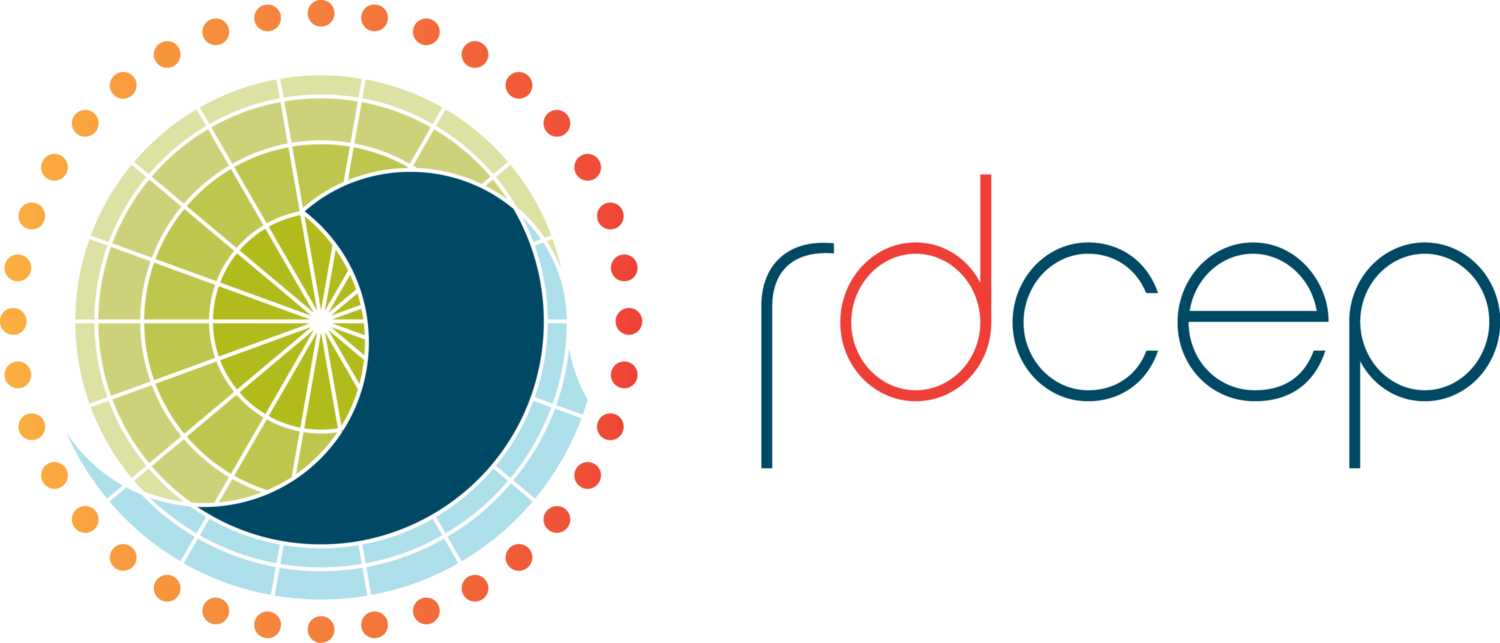CIM-EARTH: a climate change policy modeling framework
/The Community Integrated Model for Energy and Resource Trajectories for Humankind (CIM-EARTH) is an open-source modeling framework that allows for the easy specification of computable general equilibrium models, running the resulting simulations, and analyzing the results. This framework is meant to increase both the quality and transparency of integrated assessment modeling by providing open source modeling tools that incorporate the most modern computational methods.
Frameworks:
The AMPL-Source CIM-EARTH Framework (ASCEF) is a first version of the CIM-EARTH framework.
To facilitate adoption and the integration of advanced data processing and analysis services, we undertook an effort to move the implementation from AMPL to C++ and to adopt standard input and output formats. The result is what we call the Open-Source CIM-EARTH Framework (OSCEF).
Models:
CE-Trade: The trade model is used for studying the impacts on international trade of policies relevant to carbon mitigation. In particular, this model is used to assess carbon leakage and mechanisms such as border tax adjustments to reduce leakage.
CE-Energy: The energy model expands core capabilities of CIM-EARTH in order to represent the energy sector in ways more appropriate for policy analysis> The model disaggregated the representation of the U.S. electric power system to include renewable and non-renewable sources, peak and base-load power, and transmission.
CE-Bio: The bio model simulates the economics and lifecycle of biofuel production and use, including a detailed representation of the biofuels market, agriculture, and related services.
CE-Life: The distributional impacts model disaggregates the US consumers in the CE-Trade model by income and age, resulting in a model with 720 distinct consumers.
Structure of the production functions in the baseline CE model:
NOTE: Each node represents a production function. Nodes with vertical line inputs use Leontief functions; the other nodes are labeled with their elasticities of substitution. Table 2 shows the elasticities of substitution between domestic and imported commodities and the Armington international trade elasticities.
Studies:
Unilateral carbon taxes, border adjustments, and carbon leakage.
Analytical general equilibrium effects of energy policy on output and factor prices.
Modeling of Land-Use Changes and Other Indirect Effects of Biofuel Production in CIM-EARTH.
Impact on US Gasoline Prices of Eliminating Biofuels Production: An Equilibrium Analysis
People
Fernando Perez Cervantes | Sou Cheng Choi | Joshua Elliott | Ian Foster | Don Fullerton | Kenneth Judd | Gita Khun Jush | Samuel Kortum | Margaret Loudermilk | Elisabeth Moyer | Todd Munson | Nirupama Rao | David Weisbach
Publications












